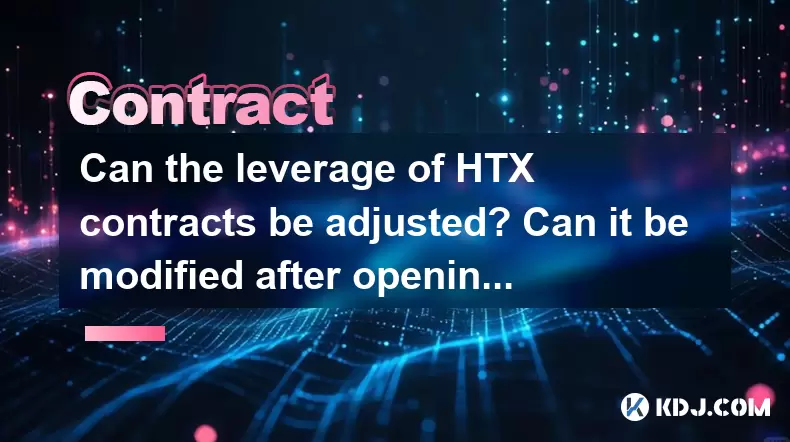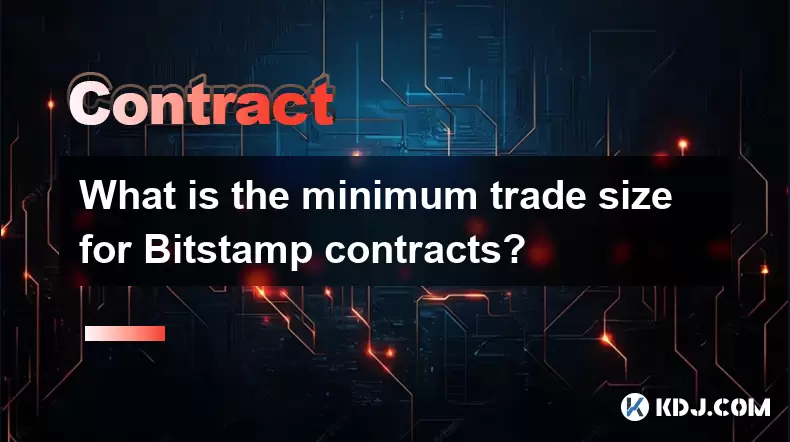-
 Bitcoin
Bitcoin $118400
-0.80% -
 Ethereum
Ethereum $3596
-2.37% -
 XRP
XRP $3.217
-9.51% -
 Tether USDt
Tether USDt $1.000
0.02% -
 BNB
BNB $772.6
-0.15% -
 Solana
Solana $188.6
-5.66% -
 USDC
USDC $0.9999
0.01% -
 Dogecoin
Dogecoin $0.2426
-7.72% -
 TRON
TRON $0.3096
-1.18% -
 Cardano
Cardano $0.8165
-7.98% -
 Hyperliquid
Hyperliquid $43.76
-1.39% -
 Stellar
Stellar $0.4266
-9.57% -
 Sui
Sui $3.706
-6.29% -
 Chainlink
Chainlink $18.03
-6.17% -
 Hedera
Hedera $0.2481
-8.23% -
 Bitcoin Cash
Bitcoin Cash $513.1
-1.17% -
 Avalanche
Avalanche $23.88
-4.61% -
 Litecoin
Litecoin $112.7
-4.51% -
 UNUS SED LEO
UNUS SED LEO $8.963
-0.11% -
 Shiba Inu
Shiba Inu $0.00001397
-7.98% -
 Toncoin
Toncoin $3.169
-6.65% -
 Ethena USDe
Ethena USDe $1.001
0.01% -
 Polkadot
Polkadot $4.156
-5.72% -
 Uniswap
Uniswap $10.06
-4.32% -
 Monero
Monero $315.9
-2.33% -
 Bitget Token
Bitget Token $4.668
-2.88% -
 Pepe
Pepe $0.00001280
-6.97% -
 Dai
Dai $0.9999
0.02% -
 Aave
Aave $290.5
-4.57% -
 Bittensor
Bittensor $426.9
-2.77%
Can the leverage of HTX contracts be adjusted? Can it be modified after opening a position?
HTX allows leverage adjustment before opening a position, but not after; traders can manage exposure by adding margin, reducing position size, or hedging.
May 17, 2025 at 03:28 pm

Introduction to HTX Contracts
HTX, previously known as Huobi, is one of the leading cryptocurrency exchanges that offers a variety of trading products, including futures contracts. Futures contracts on HTX allow traders to speculate on the future price of cryptocurrencies with leverage, which can amplify both potential gains and losses. A common question among traders is whether the leverage of HTX contracts can be adjusted, and if so, whether it can be modified after opening a position. This article will provide detailed insights into these aspects.
Understanding Leverage in HTX Contracts
Leverage in the context of HTX contracts refers to the ability to control a large position with a relatively small amount of capital. HTX offers various leverage options, typically ranging from 1x to 125x, depending on the specific contract. Leverage allows traders to increase their exposure to the market, but it also increases the risk of significant losses.
Adjusting Leverage Before Opening a Position
Before opening a position, traders have the flexibility to choose their desired leverage level. To adjust the leverage on HTX before opening a position, follow these steps:
- Navigate to the Futures Trading Section: Log into your HTX account and go to the futures trading section.
- Select a Contract: Choose the specific futures contract you wish to trade.
- Access the Leverage Settings: Look for the leverage setting option, usually located near the order entry fields.
- Choose Your Leverage: Use the slider or input field to select your desired leverage level, ranging from 1x to the maximum available for that contract.
- Confirm Your Selection: Once you've chosen your leverage, proceed to place your order with the selected leverage.
Modifying Leverage After Opening a Position
A critical aspect for many traders is the ability to adjust leverage after a position has been opened. HTX does not allow direct modification of leverage on an existing position. Once a position is opened, the leverage level chosen at the time of entry remains fixed until the position is closed or liquidated. However, there are strategies to effectively manage your leverage post-position opening.
Managing Leverage Post-Position
While you cannot directly change the leverage of an open position, you can manage your exposure through various methods:
- Adding Margin: If you want to decrease your effective leverage, you can add more margin to your position. This increases the amount of capital backing your position, effectively lowering the leverage ratio.
- Reducing Position Size: Another method is to reduce the size of your position by closing a portion of it. This also decreases your overall exposure and effective leverage.
- Opening Opposite Positions: You can open a position in the opposite direction of your existing position. This strategy, known as hedging, can help manage your risk without directly altering the leverage of the original position.
Practical Example of Managing Leverage
To illustrate how you can manage leverage after opening a position, consider the following example:
- Initial Position: You open a long position on BTC/USDT with 20x leverage, using $1,000 as margin. This gives you a position size of $20,000.
- Adding Margin: If you decide to decrease your leverage, you can add another $1,000 to your margin. Your new total margin becomes $2,000, and your effective leverage drops to 10x, while maintaining the same position size.
- Reducing Position Size: Alternatively, you can close half of your position, reducing your position size to $10,000. With the same $1,000 margin, your leverage would now be 10x.
- Opening Opposite Position: You could also open a short position on BTC/USDT with the same size and leverage. This would hedge your initial long position, effectively reducing your net exposure.
Conclusion on Leverage Adjustment on HTX
In summary, HTX allows traders to adjust leverage before opening a position but does not permit direct modification of leverage on an existing position. However, traders can manage their exposure and effective leverage through strategies such as adding margin, reducing position size, and opening opposite positions. Understanding these mechanisms is crucial for effective risk management in futures trading.
Frequently Asked Questions
Q: Can I change the leverage on HTX during a trade?
A: No, HTX does not allow direct changes to the leverage of an open position. However, you can manage your exposure through other means such as adding margin or reducing your position size.
Q: What is the maximum leverage available on HTX for futures contracts?
A: The maximum leverage available on HTX for futures contracts can vary, but it typically goes up to 125x for certain contracts. Always check the specific contract details for the exact leverage available.
Q: How does adding margin affect my leverage on HTX?
A: Adding margin to an existing position on HTX increases the amount of capital backing your position, which effectively reduces your leverage ratio. For example, if you double your margin, your leverage will be halved, assuming the position size remains constant.
Q: Can I use different leverage levels for different contracts on HTX?
A: Yes, you can use different leverage levels for different contracts on HTX. Each contract allows you to set the leverage independently before opening a position.
Disclaimer:info@kdj.com
The information provided is not trading advice. kdj.com does not assume any responsibility for any investments made based on the information provided in this article. Cryptocurrencies are highly volatile and it is highly recommended that you invest with caution after thorough research!
If you believe that the content used on this website infringes your copyright, please contact us immediately (info@kdj.com) and we will delete it promptly.
- Chainlink (LINK) Price Breakout: Bullish Signals and Tokenization Trends
- 2025-07-24 02:50:12
- Chasing 1000x Gains: Your Summer Crypto Investment Guide
- 2025-07-24 02:50:12
- Bitcoin, Pepe Dollar, and Meme Utility: A New Wave in Crypto?
- 2025-07-24 02:30:13
- BNB's Bullish Momentum: Riding the Market Recovery Wave
- 2025-07-24 03:30:12
- FLR Price, SparkDEX, and Token Launch: What's the Buzz?
- 2025-07-24 03:30:12
- Meme Coins, Utility, and Presales: What's the Hype?
- 2025-07-24 02:30:13
Related knowledge

Why is my Bitstamp futures position being liquidated?
Jul 23,2025 at 11:08am
Understanding Futures Liquidation on BitstampFutures trading on Bitstamp involves borrowing funds to open leveraged positions, which amplifies both po...

Does Bitstamp offer inverse contracts?
Jul 23,2025 at 01:28pm
Understanding Inverse Contracts in Cryptocurrency TradingIn the realm of cryptocurrency derivatives, inverse contracts are a specific type of futures ...

How to find your Bitstamp futures trade history?
Jul 23,2025 at 08:07am
Understanding Bitstamp and Futures Trading AvailabilityAs of the current state of Bitstamp’s service offerings, it is critical to clarify that Bitstam...

Can I use a trailing stop on Bitstamp futures?
Jul 23,2025 at 01:42pm
Understanding Trailing Stops in Cryptocurrency TradingA trailing stop is a dynamic type of stop-loss order that adjusts automatically as the price of ...

What is the minimum trade size for Bitstamp contracts?
Jul 23,2025 at 07:14pm
Understanding Bitstamp and Its Contract OfferingsBitstamp is one of the longest-standing cryptocurrency exchanges, established in 2011, and known for ...

How to trade ETH perpetuals on Bitstamp?
Jul 23,2025 at 03:28am
Understanding ETH Perpetual ContractsETH perpetual contracts are derivative products that allow traders to speculate on the price of Ethereum without ...

Why is my Bitstamp futures position being liquidated?
Jul 23,2025 at 11:08am
Understanding Futures Liquidation on BitstampFutures trading on Bitstamp involves borrowing funds to open leveraged positions, which amplifies both po...

Does Bitstamp offer inverse contracts?
Jul 23,2025 at 01:28pm
Understanding Inverse Contracts in Cryptocurrency TradingIn the realm of cryptocurrency derivatives, inverse contracts are a specific type of futures ...

How to find your Bitstamp futures trade history?
Jul 23,2025 at 08:07am
Understanding Bitstamp and Futures Trading AvailabilityAs of the current state of Bitstamp’s service offerings, it is critical to clarify that Bitstam...

Can I use a trailing stop on Bitstamp futures?
Jul 23,2025 at 01:42pm
Understanding Trailing Stops in Cryptocurrency TradingA trailing stop is a dynamic type of stop-loss order that adjusts automatically as the price of ...

What is the minimum trade size for Bitstamp contracts?
Jul 23,2025 at 07:14pm
Understanding Bitstamp and Its Contract OfferingsBitstamp is one of the longest-standing cryptocurrency exchanges, established in 2011, and known for ...

How to trade ETH perpetuals on Bitstamp?
Jul 23,2025 at 03:28am
Understanding ETH Perpetual ContractsETH perpetual contracts are derivative products that allow traders to speculate on the price of Ethereum without ...
See all articles

























































































